When we reflect on the Civil Rights Movement, we often view it through the lens of Black history, a pivotal struggle against racial discrimination and injustice. But in truth, it was a movement for all people. Martin Luther King Jr. understood something fundamental: the fight for justice was never just about Black Americans—it was about human dignity, freedom, and equality for everyone.
“Injustice anywhere is a threat to justice everywhere.”
These words from Dr. King were not just a call for racial equality; they were a profound warning. He recognized that discrimination and oppression, once normalized, do not stop at one group. The tactics used to deny rights to one community can—and will—be used against others when those in power find it convenient. The Civil Rights Movement wasn’t just fighting for equal rights for Black people; it was pushing back against the entire structure of control and domination that allows discrimination to exist at all.
A Foreshadowing of the Future
The Civil Rights Movement was not just about ending segregation or securing voting rights—it was about ensuring that no government, institution, or group could wield unchecked power to control people’s lives. The movement fought against racial injustice, yes, but it was also a fight against authoritarianism, against systems that seek to divide, oppress, and control.
History has shown us time and time again that when one group is targeted, others soon follow. Today, we see new groups facing marginalization, censorship, and control under different justifications. Whether it’s political, social, economic, or technological oppression, the warning remains the same: if they can do it to them, they can do it to you.
Power and the Cycle of Control
Dr. King and other civil rights leaders understood something we often forget: oppression is not about race alone—it’s about power. If those in control can divide us, they can rule us. The cycle repeats in different forms:
- First, it was Jim Crow laws enforcing segregation.
- Then, it was mass surveillance and policing targeting specific communities.
- Now, it’s digital control, economic inequality, and political division designed to keep people fighting each other instead of uniting for true freedom.
The tactics evolve, but the principle remains the same: if one group is allowed to be oppressed, all groups are at risk.
We Must Carry the Movement Forward
The Civil Rights Movement did not end in the 1960s—it simply entered a new chapter. We are still fighting the same battle: the fight to prevent anyone from being unjustly controlled, censored, or discriminated against. It doesn’t matter whether it’s based on race, religion, gender, political belief, or economic status—if we allow oppression to happen to one, we allow it to happen to all.
This is why we must continue to resist attempts to divide, control, and manipulate us. Dr. King’s dream was not just about Black freedom—it was about human freedom. The same forces that sought to suppress one group decades ago will find new targets in every era. The question is: Will we stand together, or will we let history repeat itself?
The Civil Rights Movement gave us a warning. It’s up to us to listen.
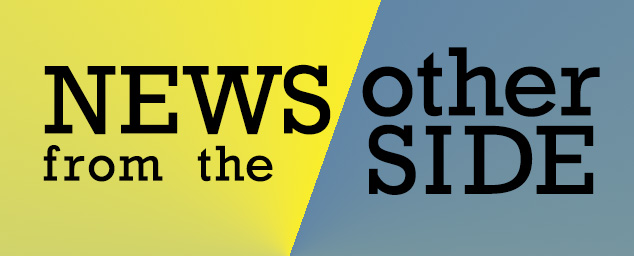
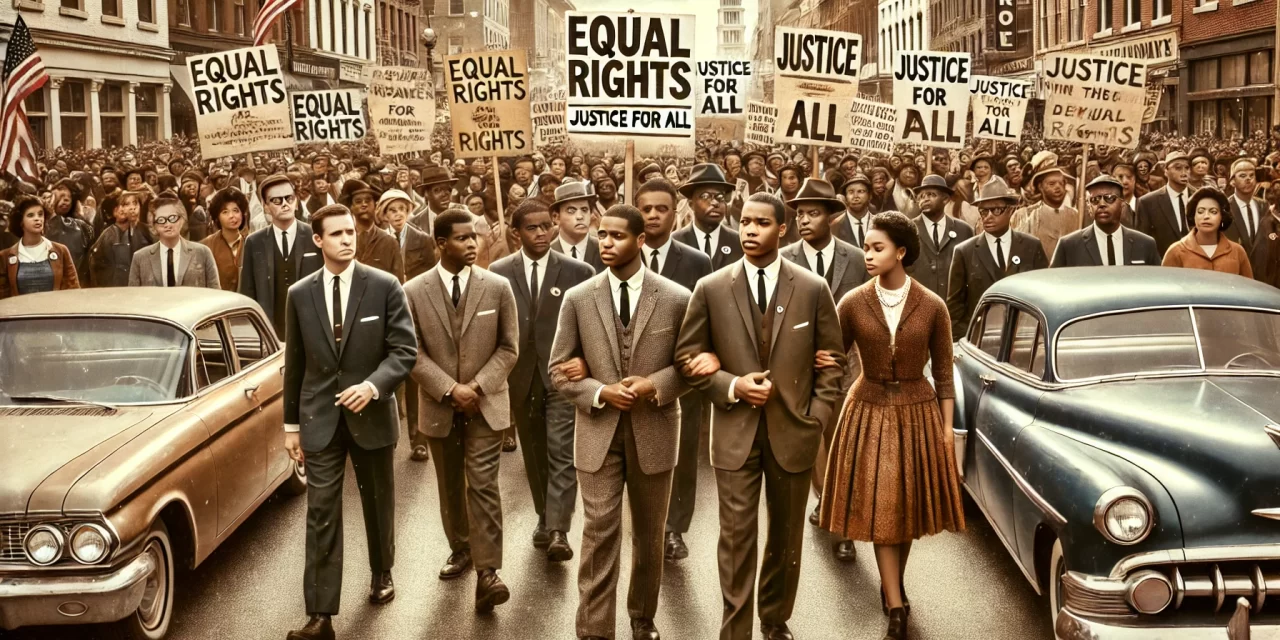

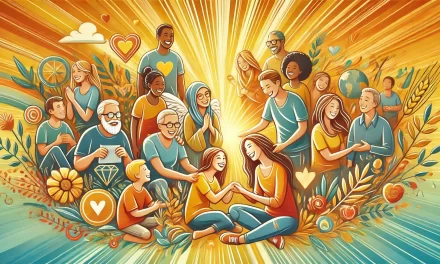
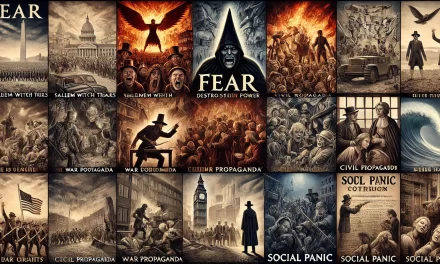
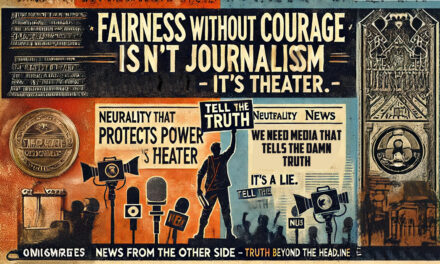
Recent Comments